Quadratus Plantae muscle
What is the Quadratus Plantae muscle?
The Quadratus Plantae muscle is a deep muscle located in the foot. It is situated in the sole of the foot and lies deep to the muscles of the first layer (intrinsic muscles) of the foot. The Quadratus Plantae muscle is named based on its square or quadrilateral shape.
When the foot is in plantar flexion, this muscle shortens the flexor digitorum longus tendons to encourage walking. Thus its further name; flexor accessorius.
Origin
At the calcaneus’ lateral border, the lateral head begins. The medial head begins on the medial surface of the calcaneus.
Insertion
Before getting its insertion at the posterolateral border of the tendon of flexor digitorum longus, the two heads of the quadratus plantae merge and create a flat band.
Relations
The muscle is superficial to the adductor hallucis muscle and is deep to the flexor digitorum brevis. Lateral plantar artery and nerve course over its superficial surface and the medial plantar artery and nerve cross medially to the muscle.
Innervation
The lateral plantar nerve (S1, S3), which originates from the tibial nerve, supplies this muscle.
Blood supply
A posterior tibial artery’s branches supply this muscle.
Medial plantar artery
Deep plantar arterial arch, lateral plantar artery, and its branch
Function of the Quadratus Plantae muscle
Functionally, the Quadratus Plantae muscle plays a role in foot movement and stability. Its primary function is to assist the flexor digitorum longus muscle in flexing the toes, specifically the second, third, and fourth toes. It also helps to maintain the alignment of the tendons of the flexor digitorum longus as they pass through the foot and attach to the toes.
At the point when it gets, this muscle drags the tendons of the flexor digitorum longus toward the calcaneus. This is particularly important in the change from the stance to the swing phase of gait when the foot is in plantar flexion. In that position, the flexor digitorum is already shortened and cannot bend the toes to grip. Quadratus Plantae assists by bending the toes and shortening the long flexor tendons, allowing the foot to propel itself off the base.
In addition, the Quadratus Plantae muscle may contribute to stabilizing the arches of the foot during weight-bearing activities. By contracting, it can help prevent excessive pronation (inward rolling) of the foot and aid in maintaining a stable foot position.
In summary, the Quadratus Plantae muscle is an important muscle in the foot that assists in toe flexion and helps stabilize the foot during weight-bearing activities.
Clinical Relevance
To prevent toe extension during the stance phase of the gait cycle, the quadratus plantae raises the foot’s stability. It is therefore an essential foot muscle to believe in the gait pattern and with gait retraining after foot injuries.
Quadratus Plantae muscle injury
Injuries to the Quadratus Plantae muscle are relatively rare, but they can occur due to various reasons. Here are a few possible injuries that can affect the Quadratus Plantae muscle:
- Strain or Sprain: Like any other muscle, the Quadratus Plantae muscle can be strained or sprained due to overuse, repetitive activities, or sudden excessive force. This can lead to muscle pain, swelling, and stiffness.
- Tear or Rupture: In more severe cases, the Quadratus Plantae muscle can experience a partial or complete tear or rupture. This can happen during activities that involve sudden and forceful movements, such as jumping or sprinting. A tear or rupture may cause intense pain, bruising, and difficulty in walking or bearing weight on the foot.
- Tendonitis: Tendonitis refers to inflammation of the tendon that attaches the Quadratus Plantae muscle to the foot. It can result from overuse, excessive strain, or repetitive movements. Tendonitis may cause pain, swelling, and tenderness in the affected area.
- Plantar Fasciitis: While not directly an injury to the Quadratus Plantae muscle, plantar fasciitis is a common condition that can cause pain and inflammation in the heel and arch of the foot. The Quadratus Plantae muscle can be indirectly affected by this condition due to its role in foot stability and toe flexion.
Treatment for Quadratus Plantae muscle injuries typically involves a combination of rest, ice, compression, and elevation (RICE), along with anti-inflammatory medications. Physical therapy exercises may be recommended to improve strength, flexibility, and stability in the foot. In more severe cases, immobilization with a cast or boot may be necessary. It is important to consult a healthcare professional for a proper diagnosis and treatment plan tailored to your specific injury.
Related pathologies
Calcaneus fractures: Can conduct contractures of quadratus plantae generating clawing of the 2nd to 5th toes.
Diabetic foot: Untreated abscesses in the central plantar space can conduct to necrosis of quadratus plantae.
Heel pain: This can be the outcome of entrapment of the lateral plantar nerve between the two heads of quadratus plantae.
Assessment
Palpation – Begin just distal to the plantar part of the calcaneus and move distally along the middle part of the foot. Resistance of the metatarsophalangeal at the distal phalanx will conduct in the contraction of the muscle to ensure you are palpating the quadratus plantae.
Quadratus Plantae muscle stretching
Kneel and bend your toes upward to extend the Quadratus Plantae. Drop your buttocks towards your heels, using pressure until a stretch is sensed in the arch of your foot and Achilles tendon area. Maintain for 30 seconds and relax.
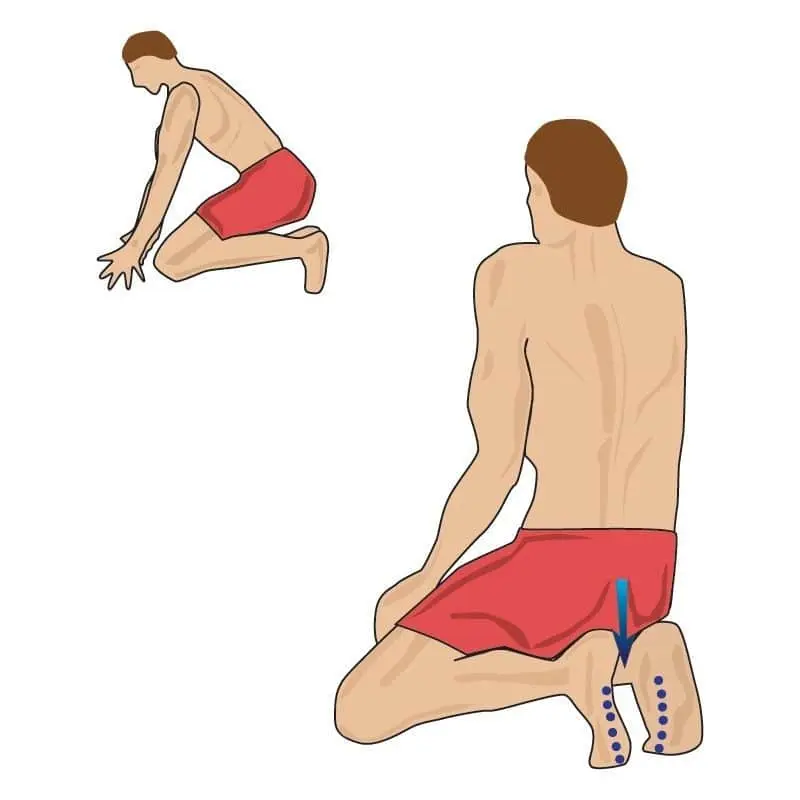
Quadratus Plantae muscle strengthening
Single leg balance
Start the activity using a flat surface. Raise one of the legs and balance on the further one for as long as achievable. Once the activity is learned, progress by completing it while the eyes are shut using a balance board. Repeat on the further leg. Conduct three sets on each side.
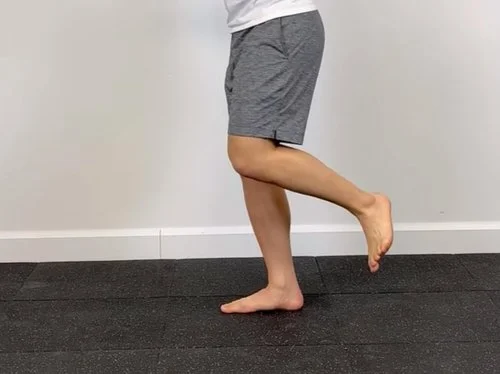
Flexion exercises
Secure the end of the band to a heavy thing at the bottom level. Tie the further end to one of your ankles. Stand facing out from the place where the band is secured. With the band tight, get the leg forward maintaining the knee straight as far as likely. Maintain the arms out to the side, or use a chair or further stable thing for balance. Complete 10 repetitions on the first side, then repeat on the further. Do this activity for three sets on both sides.
FAQ
What is quadratus plantae?
Description. Quadratus Plantae is one of the 20 particular foot muscles. It is located in the second layer of muscles at the sole. The muscle consists of a lateral and medial head, arriving together to create the bulk of this muscle. The lateral head tends to be less than the medial head.
How do you exercise quadratus plantae?
Sit up erect. Put the shin of your involved leg on your further knee. Drag the leg of your targeted foot in towards you, permitting your knee to decline out to the side. With your fingertips, gently push into the tissues on the arch of your foot, simply in front of your heel.
How do you release quadratus plantae?
To stretch the Quadratus Plantae, kneel with your toes flexing upward. Drop your buttocks towards your heels, using pressure until a stretch is felt in the arch of your foot and Achilles tendon area. Maintain for 30 seconds and relax.
What Innervates the Quadratus Plantae?
One of the terminal parts of the tibial nerve, the lateral plantar nerve (S2 – S3), innervates the quadratus plantae.
How do you treat quadratus plantae pain?
Typical treatments for quadratus plantae injuries include icing the affected area, taking painkillers, stretching, and wearing the right shoes.


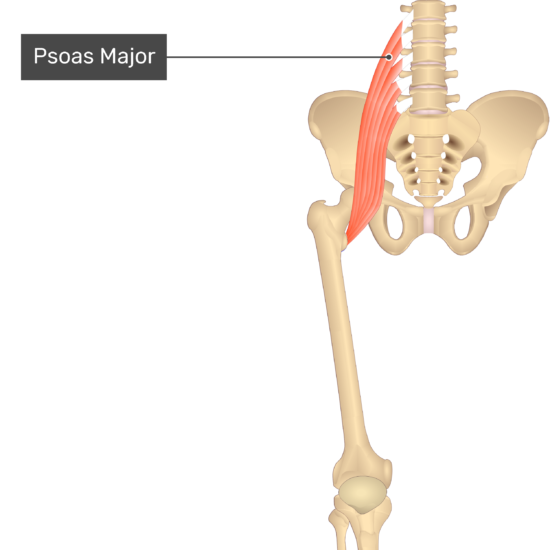

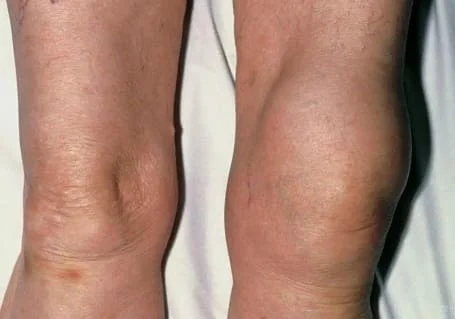

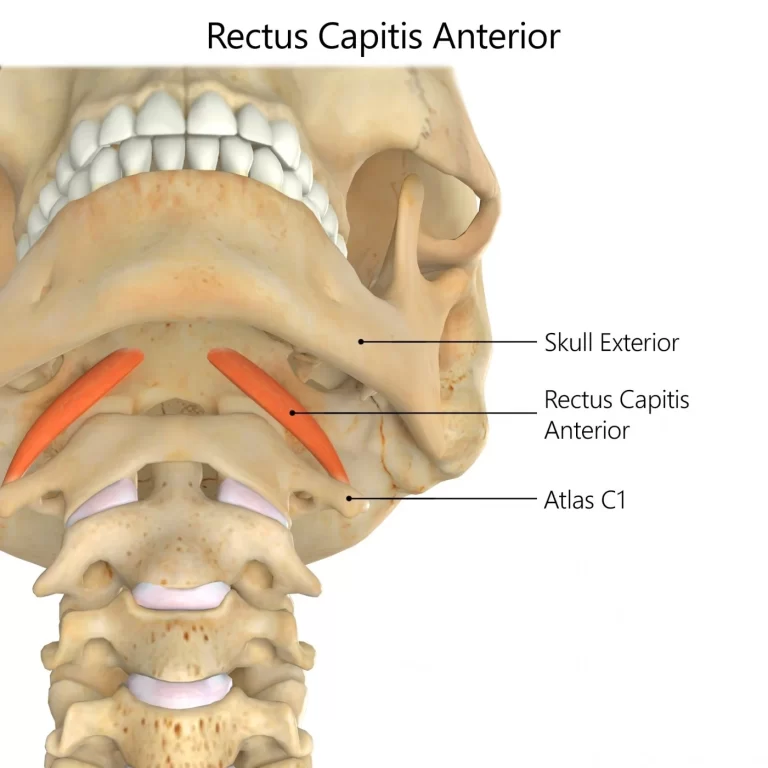
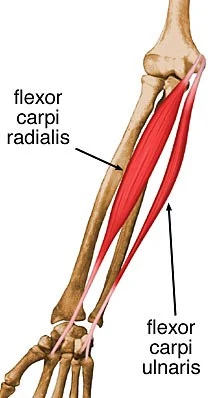
One Comment